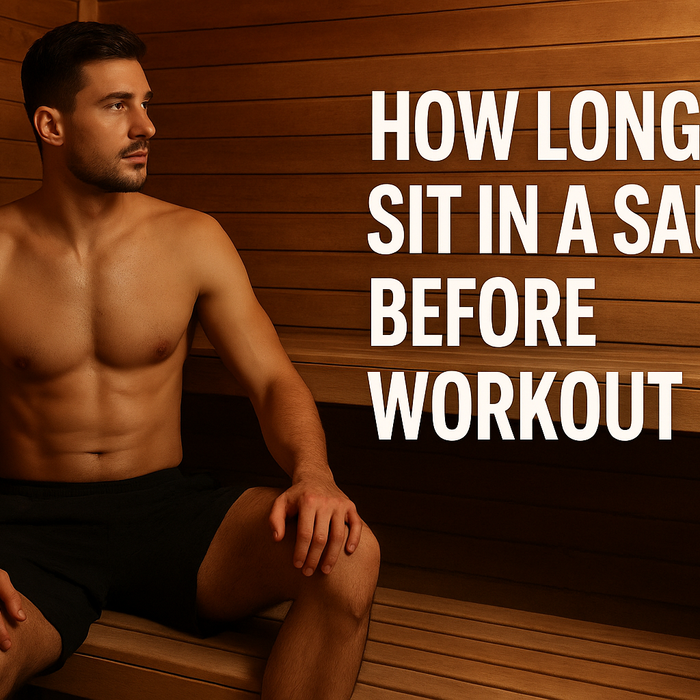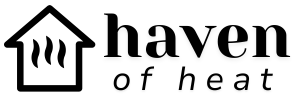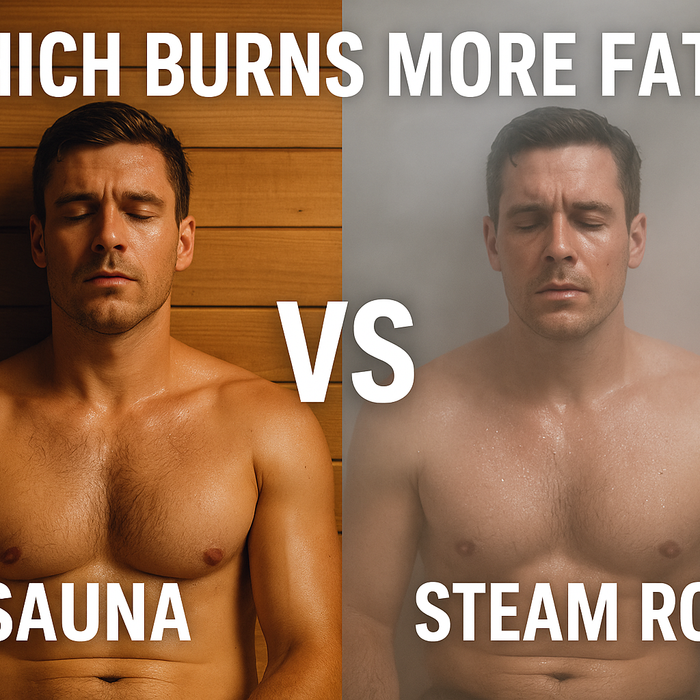Barrel saunas have exploded in popularity in North America thanks to their charming look, quick heat-up times, and ease of installation. But if you’ve spent any time researching authentic sauna culture in Europe—especially in Finland, Sweden, Estonia, or Germany—you’ll notice something surprising: barrel saunas are not very common there.
So what gives? In this article, we’ll explore the real reasons Europeans tend to avoid barrel saunas, what they prefer instead, and whether a barrel sauna is still a good choice depending on your needs.
If you’re considering a sauna for your own home, browse our curated collection of Barrel Saunas and Traditional Saunas to compare for yourself.

1. Barrel Saunas Aren’t Native to Nordic Sauna Culture
Authentic sauna culture has deep roots in Europe—particularly in Finland, where the sauna is a sacred tradition. Traditional European saunas are typically rectangular log buildings or built directly into homes, cottages, or bathhouses. These structures prioritize insulation, vertical height, and proper ventilation—elements barrel saunas compromise on due to their curved shape and compact profile.
In short, barrel saunas are more of a modern innovation—and not part of the long-standing sauna heritage in Europe.

2. Heat Distribution in Barrel Saunas Isn’t Ideal
Barrel saunas heat up quickly, but that comes with a trade-off: uneven heat distribution. Because of the round design and low ceiling height on the sides, hot air tends to rise and concentrate along the top center of the sauna. This creates a noticeable temperature difference between the top bench and the lower parts of the room—something seasoned sauna-goers in Europe find less enjoyable and less therapeutic.
In contrast, traditional rectangular saunas have flat ceilings and higher interior volume, allowing for more balanced löyly (steam and heat distribution).

3. Europeans Often Build Permanent Sauna Structures
In many parts of Europe, particularly in the Nordic countries and Germany, saunas are considered permanent wellness spaces. They’re built with thicker walls, higher-grade insulation, and multi-room layouts (such as changing rooms and showers). Barrel saunas, on the other hand, are designed for easier shipping and DIY installation—great for portability, but not ideal for harsh European winters or long-term use.

4. Weather Resistance Matters More in Nordic Climates
Barrel saunas are often constructed with thinner staves and rely on compression from steel bands to keep them sealed. In damp, snowy, or windy conditions—which are common in Europe—this design can allow air and moisture to leak in over time. Traditional saunas with framed walls and roofing systems offer better insulation and weather durability in extreme climates.

5. Floor Drainage and Waterproofing Are Limited
Many barrel saunas have curved floors and limited interior drainage, which can become problematic in humid European climates. Sweating, löyly, and water from buckets can pool on the floor without a proper drain. European saunas often incorporate tiled floors, built-in drains, and waterproof membranes for better hygiene and long-term usability.

So Why Are Barrel Saunas Popular in North America?
Despite their drawbacks, barrel saunas have gained popularity in the U.S. and Canada because:
- They are affordable compared to custom indoor or cabin-style builds
- They’re easy to assemble and ship flat-packed
- They heat quickly with a smaller air volume
- The rounded shape has strong visual appeal and rustic charm
For people new to sauna bathing or those looking for a backyard wellness addition, a barrel sauna can be a practical and satisfying option—especially when paired with a quality heater from brands like HUUM or Harvia.

Should You Still Buy a Barrel Sauna?
If you live in a milder climate or want a space-efficient, fast-heating sauna for occasional use, a barrel sauna may be perfect. But if you live in a colder region, plan to sauna daily, or want a more authentic European experience, you might prefer a built-in sauna or DIY sauna kit that offers better insulation and layout flexibility.

Final Thoughts
Barrel saunas may not be popular in Europe due to cultural tradition, thermal performance, and climate considerations—but that doesn’t mean they aren’t a good option for North American users. The key is understanding the differences and choosing a design that fits your goals, climate, and usage habits.
Need help choosing the right sauna style for your space? Explore our complete range of Sauna Kits or get started with a Custom Sauna Design Quote.













Dejar un comentario